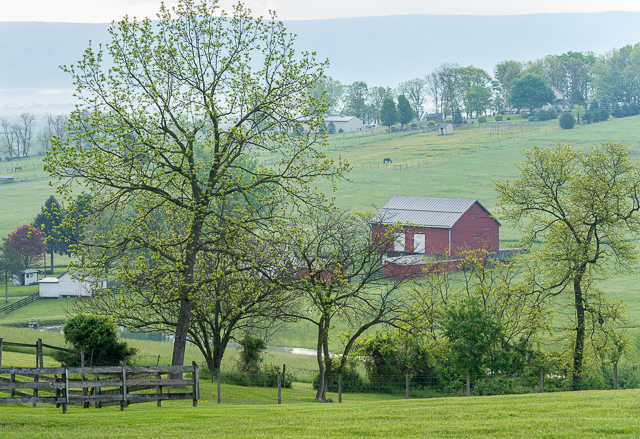The Relationship Between Aperture, Distance And Lenses
May 25, 2016 by Marie Joabar
Ever set your aperture to f4 or 5.6 and wonder why your background is not blurred and everything in your image seems pretty sharp? How about the opposite: you set your aperture to f16 and find you have blurriness in the background, isn’t f16 supposed to render everything sharp?
Understanding the relationship between aperture, distance and lenses can easily explain this. The aperture alone does not give us sharp or blurry backgrounds. We must consider the factors of distance and lenses as well to truly understand how to get the desired results.
Most wide angle lenses (focal lengths less than 50mm) are designed to give us sharpness throughout our scene and although we CAN blur our background with these lenses, we have to work a bit harder and with more intention to do so.
Most telephoto lenses (focal lengths greater than 50mm) are designed to isolate and magnify and in doing so, they compress space and we find our backgrounds are quite easy to blur. Although we CAN capture sharp backgrounds with these lenses, we have to work a bit harder and with more intention to do so.
The easiest way to blur your backgrounds and have a shallow depth of field:
* Use a wide aperture (f2.8, 4, 5.6)
* Get close to your subject. (If you can’t physically get close with your feet, get close by using a telephoto lens.)
The closer you are and/or the longer the lens, the more background blur you can achieve.
* Pull your subject away from its background.

However, if you are using f5.6 and you’re far from your subject and the subject is far from its background then you’ll have a sharp background as seen in the image below. (Aperture: f5.6 Focal length: 100mm.)

The easiest way to have sharpness throughout our scene and an extended depth of field (especially when there are foreground elements):
* Use a small aperture (f16, 22 – see note below*)
* Put a little distance between you and your nearest subject.
* Focus about one third of the way into your scene.
* If you have near foreground elements and you want everything sharp, use a wide angle focal length (18mm or less is good) and focus at the hyperfocal distance (more about this in the article Fine Tuning the Focus - Tips for Landscape Photographers).

However, if you’re using f16 or f22 and there is some blurring in your background it is most likely because you are very close to your subject and your subject is far from its background as shown in the image below. (Aperture: f16, Focal length: 70mm.)

Now sometimes, the aperture doesn’t really matter and this is the case when there is no depth or everything in your image is relatively far away.
* If you’re aiming your camera at the distant mountains and there’s nothing in the foreground, using f4 or f16 won’t change the look of the image much.
* If you have a cabin in the foreground but it is still a good distance from where you are standing, you still aren’t going to be able to blur those mountains even with a wide aperture (with a wide or normal focal length lens).
* But if you move close to the cabin or use a long telephoto lens (which is the same as getting physically close) and use a wide aperture, you’ll find your mountains will be blurred and won’t have the sharpness they had when you were further away.
Experiment with this and prove to yourself that the aperture setting alone may not give you the look or depth of field you want. Incorporated distance and focal length in the equation and capture the look you’re after with more success.
*Note - Some kit lenses offer apertures of f36 or even higher but if we use distance and a wide angle lens, we should be able to capture the desired sharpness by using f16 or f22. In fact, most lenses perform their best a couple of stops in from their limits.
